
“Tea is quiet and our thirst for tea is never far from our craving for beauty.”
~James Norwood Pratt
D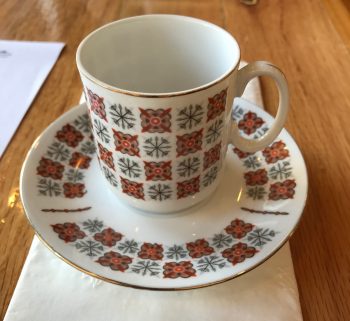 ecember 26th, 2016. It’s a chilly day in La Paz, BCS, Mexico – chilly for the tropics, anyway – about 65 degrees – and sky is overcast. I follow my mother and her friend Mary into a tiny tea shop in the heart of town, near where my parents, who retired to Baja Sur just after the millennium turned, go every weekend for breakfast and the farmers’ market.
ecember 26th, 2016. It’s a chilly day in La Paz, BCS, Mexico – chilly for the tropics, anyway – about 65 degrees – and sky is overcast. I follow my mother and her friend Mary into a tiny tea shop in the heart of town, near where my parents, who retired to Baja Sur just after the millennium turned, go every weekend for breakfast and the farmers’ market.
All three tables at Karuna Tea are placed end-to-end to accommodate our group. Soon, we will be joined by another of my mother’s friends, Gari-Ellen (editor of the Baja Citizen), and her fourteen-year-old daughter, Molly.
As we settle into our chairs and find places to stash our purses (in Mexico, it’s considered bad luck to put your purse on the floor or ground) we are also exchanging hugs and kisses. Gari-Ellen says she’s looking forward to “finding my tea,” and we all agree that should be the title of the article either she or my mother will write. (I almost stole it for this piece.)
“Tea began as a medicine and grew into a beverage.”
~Okakura Kakuzō
Hector and Inez, the young couple that owns Karuna, introduce themselves, and explain that there will be a short presentation on the history of tea before we begin the tasting. Along with the demitasse cups and saucers that have been set out for us, there is a two-page print-out so we can follow along.
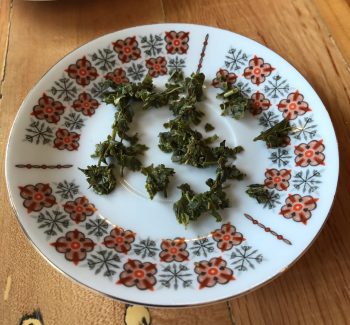 The presentation takes only ten or fifteen minutes. Hector begins by sharing that tea was originally brewed for medicinal purposes, and gradually became used as the beverage it is today. While he speaks, Inez is busy behind the counter, prepping things for the tasting session to follow. Hector is such a captivating speaker that we barely notice her bustling.
The presentation takes only ten or fifteen minutes. Hector begins by sharing that tea was originally brewed for medicinal purposes, and gradually became used as the beverage it is today. While he speaks, Inez is busy behind the counter, prepping things for the tasting session to follow. Hector is such a captivating speaker that we barely notice her bustling.
Among other things, we learn that tea is the most commonly consumed beverage in the world, far surpassing coffee, even though it’s only grown in a few places. We are also told that all tea comes from the tea tree, Camellia sinensis– and that the differences in the six varieties (white, yellow, green, oolong, black, and puerh (pronounced pooh-er) are due to the way the leaves are picked and processed. The lighter the color, the less the leaves have been allowed to wither or oxidize.
Oh, and those herbal ‘teas’ we all love – peppermint and chamomile? Those are properly called tisanes.
“Drink your tea slowly and reverently, as if it is the axis on which the world earth revolves — slowly, evenly, without rushing toward the future.”
~Thich Nat Hahn
 We are presented with a white tea, first, and it is so pale, it might as well be just hot water, but when we sip from our lovely little cups, we are all awestruck buy the nuanced flavor. Hector tells us it’s appropriate to slurp a little when you taste tea, because that brings in air, and lets the aroma work with the flavor.
We are presented with a white tea, first, and it is so pale, it might as well be just hot water, but when we sip from our lovely little cups, we are all awestruck buy the nuanced flavor. Hector tells us it’s appropriate to slurp a little when you taste tea, because that brings in air, and lets the aroma work with the flavor.
He also reminds us that tea is meant to be a serene drink, and that we shouldn’t rush.
We are given dishes of dry and wet tea leaves to examine as we sip, and we are told that bagged tea is generally made from dregs and dust. If it crumbles into powder in the dry tea bag, Hector says, it’s not fresh and you should throw it away. We laugh about our first introduction to tea being of the worst possible kind – bagged – and then we refocus on the tasting.
I’m struck by the way the wet green tea leaves look as though they’re the result of a fortune-teller’s reading, and I wonder what their message might be. We are all surprised when Hector tells us that the brew time for this tea is less than a minute, and even more so when he tells us that white, yellow, and green tea leaves can be re-used two or three times, if treated gently!
“Water is the mother of tea, a teapot its father, and fire the teacher.”
~Chinese Proverb
 As we progress through the spectrum of tea, one of the things that we all comment upon is the incredibly short steeping time on all of these different varieties. Thirty seconds for the white teas, a minute or two for oolong, which is toward the middle in terms of strength.
As we progress through the spectrum of tea, one of the things that we all comment upon is the incredibly short steeping time on all of these different varieties. Thirty seconds for the white teas, a minute or two for oolong, which is toward the middle in terms of strength.
Also important, Hector tells us, is the temperature of the water. White tea is best when the water is about 155°F (70°C), while the maximum temperature for the darkest oolong is 185°F (85°C). We even learn the Chinese method of learning how to gauge the temperature of boiling water by comparing the size of the bubbles.
When “shrimp eyes” appear, you’re at the right level for white teas, and this progresses through “crab eyes,” “fish eyes,” “strings of pearls,” and finally “old man’s water” also known as – “raging torrent” – which refers to the rolling boil you want for black teas and blended teas like Darjeeling and Earl Grey.
One of the green teas we try, a lighter oolong called Sencha, is an instant hit among everyone but fourteen-year-old Molly, and we all leave with a packet of it to brew at home.
Bread and water can so easily be toast and tea.
~Author Unknown
At some point, we notice that there are bowls of cookies on our tables. They’re not icky-sweet, just ginger and  lemon biscuits meant to serve as palate cleansers between cups. After the first two cups, Inez also places a large bowl on the table, so that if we don’t wish to finish any given cup of tea, we can dump it, in a slightly more refined version of a wine tasting (no spitting). No one uses it.
lemon biscuits meant to serve as palate cleansers between cups. After the first two cups, Inez also places a large bowl on the table, so that if we don’t wish to finish any given cup of tea, we can dump it, in a slightly more refined version of a wine tasting (no spitting). No one uses it.
We pause, every so often, to compare notes, remarking upon the delicate flavors and the grassy or herbal aromas. We don’t get to taste puerh tea – it’s very expensive, and not really a flavor that the western world has acquired – but Hector fetches a giant cake of it from his pantry and we pass it around and smell it.
“It reminds you of a barnyard,” he says, speaking of the aroma. “But in a pleasant way.”
His description is completely accurate.
“Teas vary as much in appearance as the different faces of men.”
~Hui-tsung
 The last tea we sample is the one we are most familiar with: Earl Grey. Hector explains that English-style black teas often include essential oils (in this case, bergamot) to alter the flavor, or soften the bitterness or astringency.
The last tea we sample is the one we are most familiar with: Earl Grey. Hector explains that English-style black teas often include essential oils (in this case, bergamot) to alter the flavor, or soften the bitterness or astringency.
My mother remarks that it’s the drying effect that turns her off of most darker brews. Like Gari-Ellen, she has found her tea in the Sencha and the other oolongs.
I’ve enjoyed everything I’ve tasted, but Earl Grey is my favorite, and I’m keen to taste a new version. The cup that is poured for me has a deep amber color, and the aroma is both familiar but also more delicate than the blends I am accustomed to. Hector explains that many tea companies use too much bergamot to disguise inferior tea leaves.
When we taste this version, we notice how well-balanced the flavors are.  Instead of overwhelming floral scents, there’s just enough of the essential oil to enhance the tea. Again, Hector comments on water temperature and steeping time. He also cautions us that these leaves are not to be re-used. In fact, this is the only tea of all the varietals we’ve been introduced to that Inez has made in a tea infuser – the glass pots made by Bodum that almost all tea-drinkers probably possess.
Instead of overwhelming floral scents, there’s just enough of the essential oil to enhance the tea. Again, Hector comments on water temperature and steeping time. He also cautions us that these leaves are not to be re-used. In fact, this is the only tea of all the varietals we’ve been introduced to that Inez has made in a tea infuser – the glass pots made by Bodum that almost all tea-drinkers probably possess.
It’s worth noting that this is the first time I’ve had this kind of tea without wanting to put milk or sugar in it, and even my mother is impressed that it isn’t “…sucking the moisture out of my gums.”
“If you ask Zen people they will say tea is not something that you pour with unawareness and drink like any other drink. It is not a drink, it is meditation; it is prayer. So they listen to the kettle creating a melody, and in that listening they become more silent, more alert.”
~Bhagwan Shree Rajneesh
Six adorable tea pots are arranged on the counter, each with their wet and dry leaves nearby, and collectively, we ask Hector and Inez to pose with them.
We’ve kept our conversation on point during the tasting, but the Earl Grey marked the end. Tea and nibbled cookies are soothing, but not terribly filling, and we’re all hungry. Conveniently, Karuna offers sandwiches as well as tea.
We make our purchases, and then we order lunch. I choose their version of a peanut butter sandwich, and it’s a combination of flavors I’m eager to duplicate here at home: Savory peanut butter (no sugar) with a dash of cracked pepper, sprouts, and cucumbers on toasted multigrain bread. It sounds weird, but the flavors combine really well, and the chai I order complements it perfectly.
Molly still hasn’t found her tea, I’ve found far too many, and we all go home with one or two brown paper packets, helpfully marked with recommended brewing instructions.
I am the only one to take home any of the Earl Grey, and even though I’ve now been back in my home in Texas for almost two weeks, I still haven’t brewed it. I’m not waiting for the perfect moment, but the right one. There’s a difference.
That’s the way of tea.
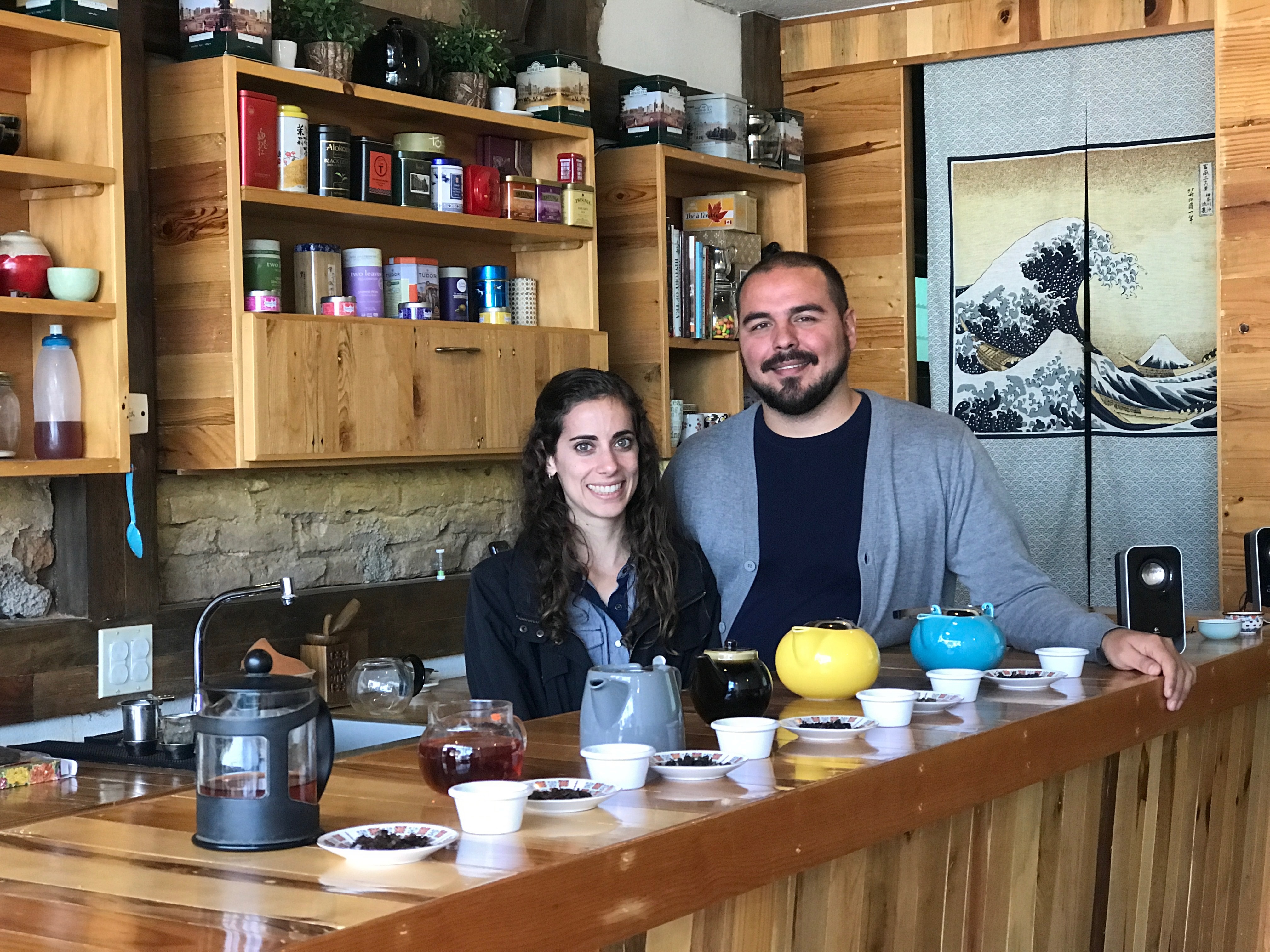
About the author: Melissa A. Bartell
 Melissa is a writer, voice actor, podcaster, itinerant musician, voracious reader, and collector of hats and rescue dogs. She is the author of The Bathtub Mermaid: Tales from the Holiday Tub. You can learn more about her on her blog, or connect with her on on Facebook, Instagram, or Twitter.
Melissa is a writer, voice actor, podcaster, itinerant musician, voracious reader, and collector of hats and rescue dogs. She is the author of The Bathtub Mermaid: Tales from the Holiday Tub. You can learn more about her on her blog, or connect with her on on Facebook, Instagram, or Twitter.
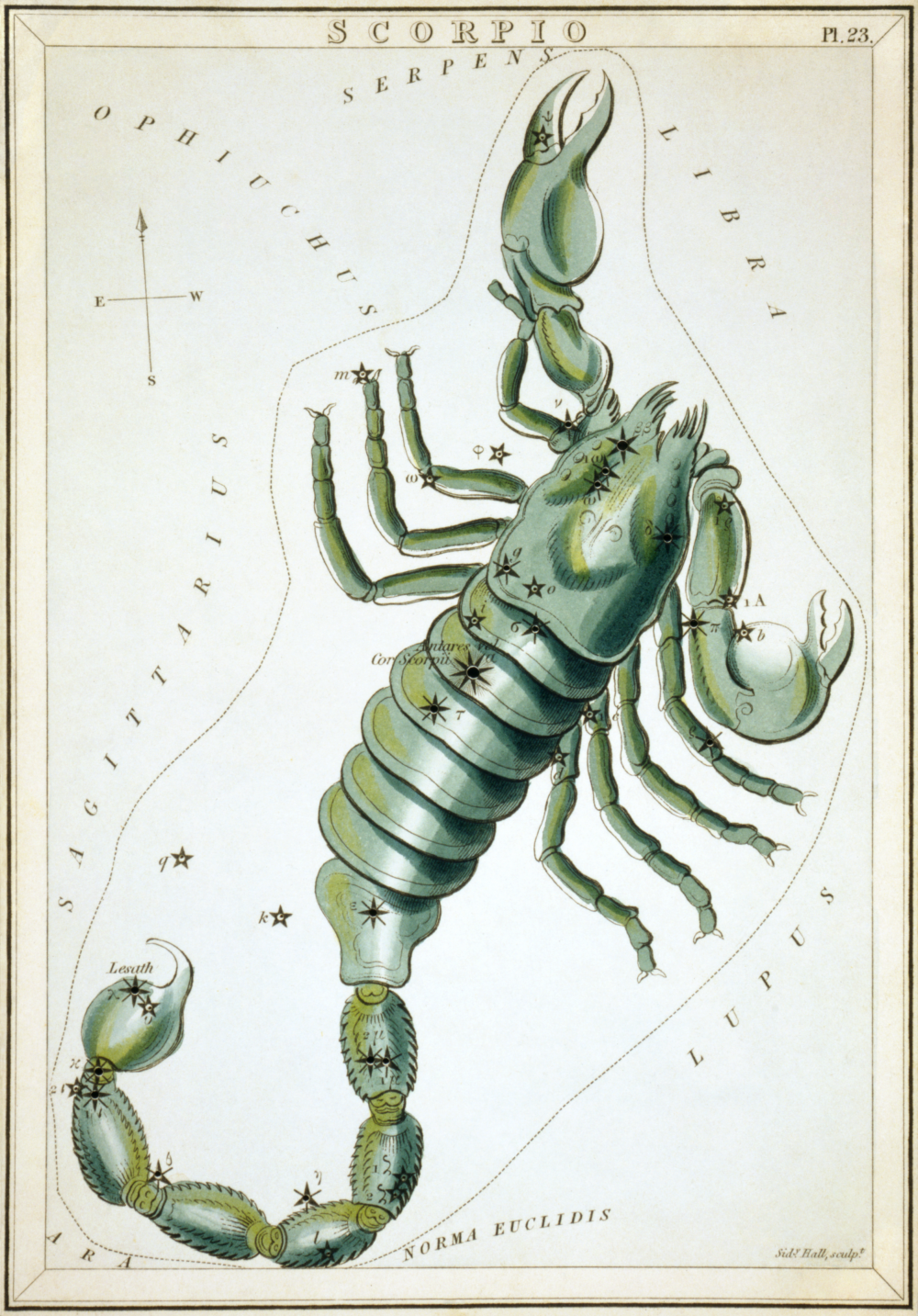 up to and honor.
up to and honor. Christine Mason Miller is an author and artist who has been inspiring others to create a meaningful life since 1995. Signed copies of her memoir, Moving Water, are now available at www.christinemasonmiller.com.
Christine Mason Miller is an author and artist who has been inspiring others to create a meaningful life since 1995. Signed copies of her memoir, Moving Water, are now available at www.christinemasonmiller.com.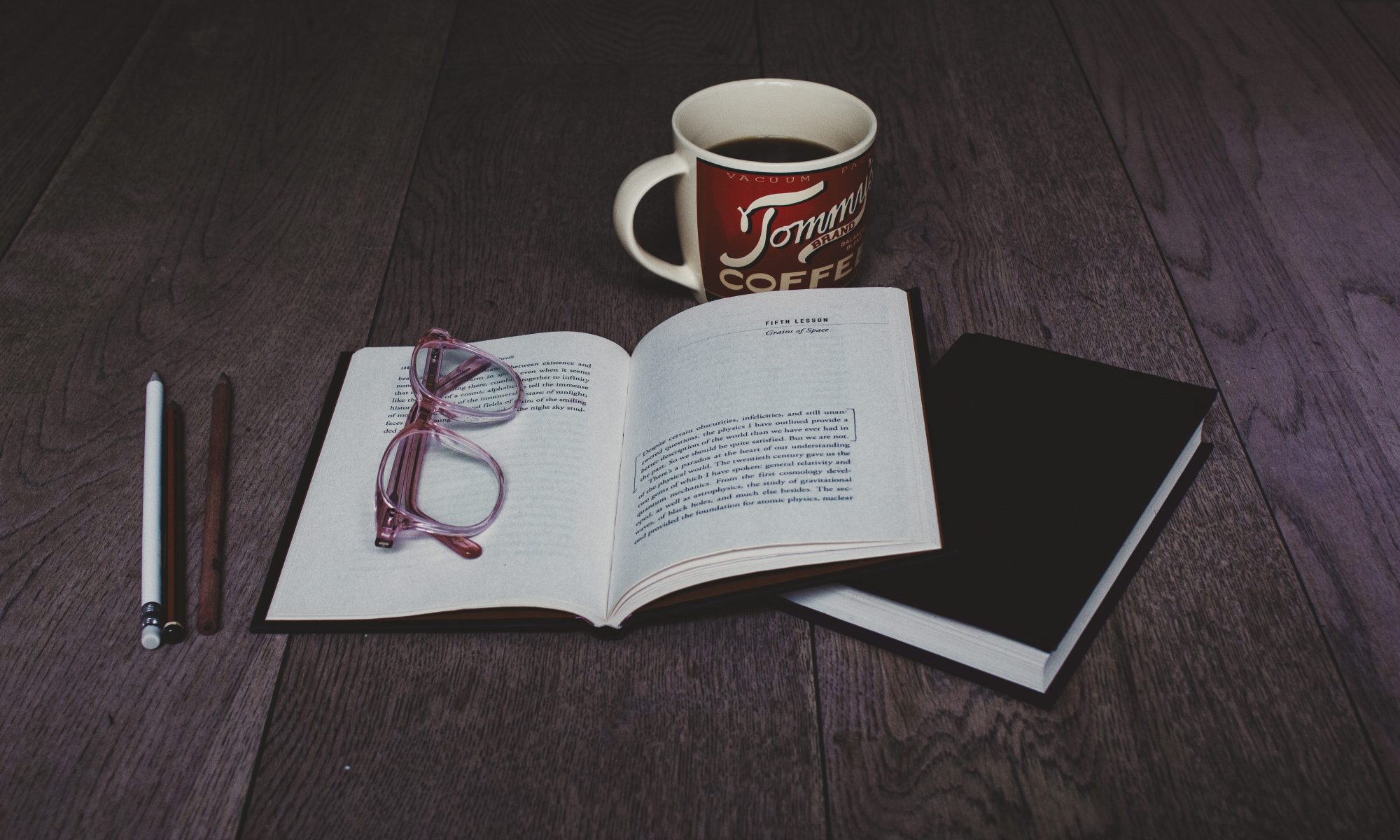
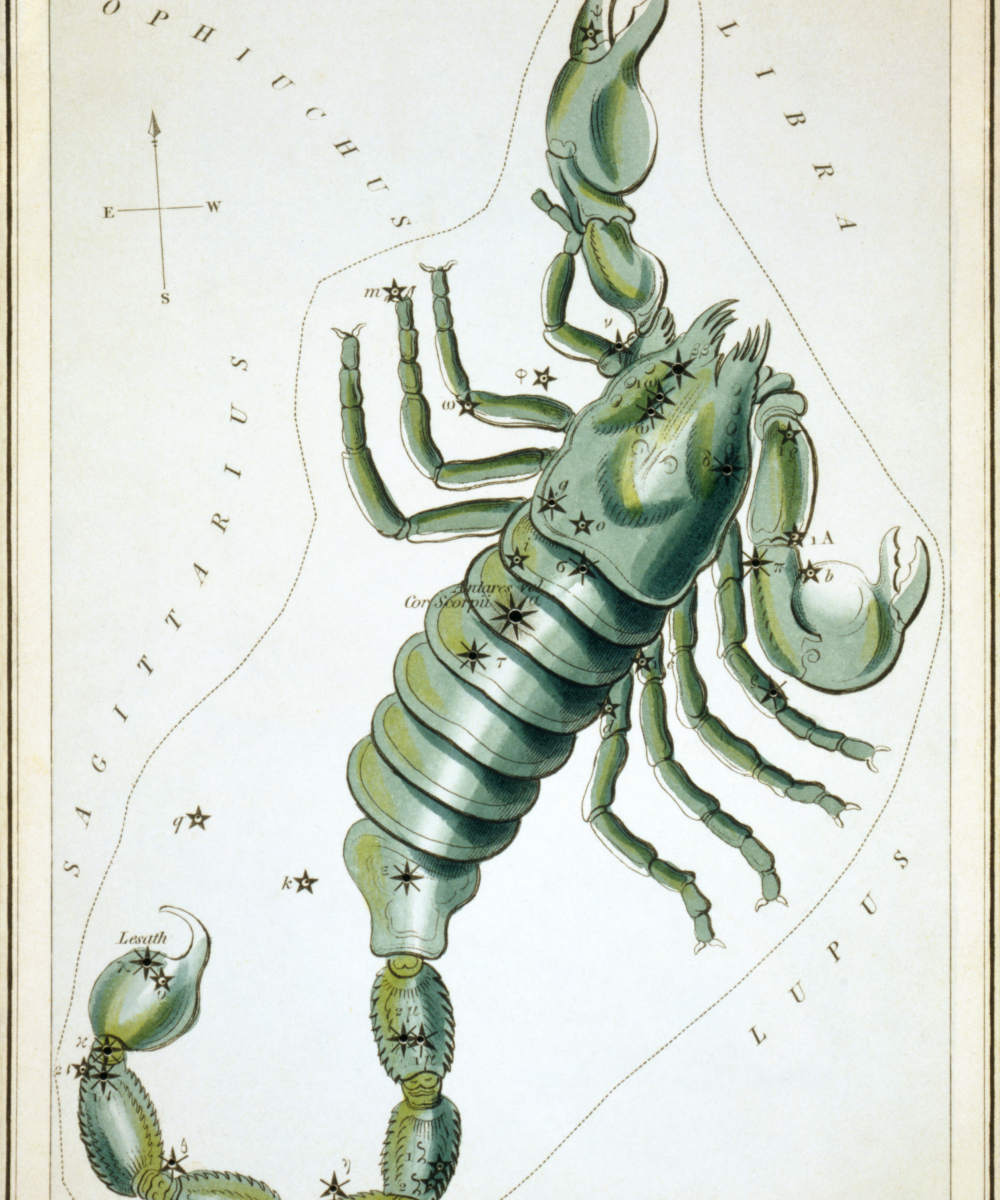

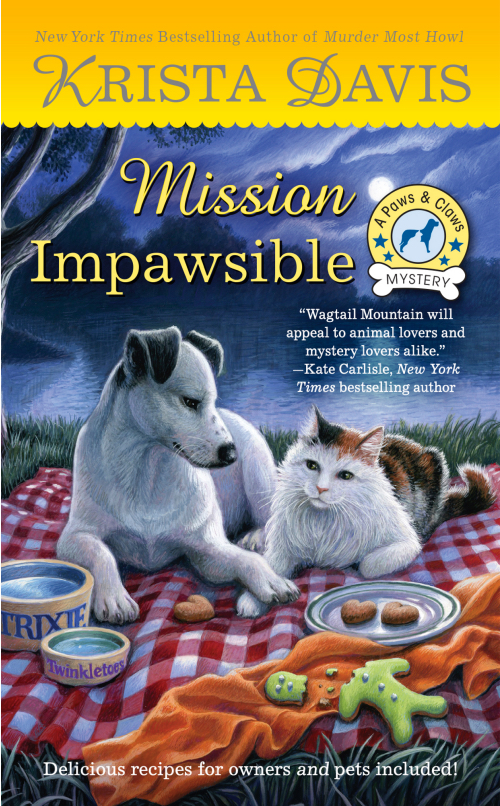 In Mission Impawsible, a matchmaking event is going on. Since the town of Wagtail is all about dogs and cats, it made perfect sense that singles would bring their furry friends to help them meet the right person. There’s some logic to that. If you’re a cat person with half a dozen cats, wouldn’t you want to meet another cat person who understands and shares your devotion to felines?
In Mission Impawsible, a matchmaking event is going on. Since the town of Wagtail is all about dogs and cats, it made perfect sense that singles would bring their furry friends to help them meet the right person. There’s some logic to that. If you’re a cat person with half a dozen cats, wouldn’t you want to meet another cat person who understands and shares your devotion to felines? New York Times Bestselling author
New York Times Bestselling author 

 During this time, my biggest fear was The Basement Monster. I surrendered countless toys that escaped down the basement stairs, resigned to accept they were gone forever. He had a huge collection of toys with wheels, balls, Silly Putty and Slinkys. And, if a basement monster was not scary enough, the steps down into his shadowy domain had no risers. I was certain he could grab my ankles and pull me down between the steps to join the collection of missing toys, never to be seen again. When I began to question the monster’s existence, there was a shift in power — his diminished as mine grew stronger.
During this time, my biggest fear was The Basement Monster. I surrendered countless toys that escaped down the basement stairs, resigned to accept they were gone forever. He had a huge collection of toys with wheels, balls, Silly Putty and Slinkys. And, if a basement monster was not scary enough, the steps down into his shadowy domain had no risers. I was certain he could grab my ankles and pull me down between the steps to join the collection of missing toys, never to be seen again. When I began to question the monster’s existence, there was a shift in power — his diminished as mine grew stronger.

 strip of cloth into the well and say a prayer for healing as they tied the strip to a branch. The cloth deteriorated and the knot fell away as the grip of the pilgrim’s ailment also released. Clooties have been tied at holy sites for over 5,000 years, but now with polyester and other non-biodegradable fabrics, this practice is discouraged. I encountered a greener version at a stone circle in County Kerry. Several hundred prayers and wishes, including my own, were written on paper left on the tree.
strip of cloth into the well and say a prayer for healing as they tied the strip to a branch. The cloth deteriorated and the knot fell away as the grip of the pilgrim’s ailment also released. Clooties have been tied at holy sites for over 5,000 years, but now with polyester and other non-biodegradable fabrics, this practice is discouraged. I encountered a greener version at a stone circle in County Kerry. Several hundred prayers and wishes, including my own, were written on paper left on the tree.


 I can still remember my desperate longing to follow Lucy into the wardrobe when I first heard the story of The Lion, the Witch, and the Wardrobe as a child. My dad read the book to me as a bedtime story and he kept getting frustrated because I was so eager to find out what happened next that I would read ahead of him on the page. I sighed in exasperation as I waited for him to catch up. With the same desire in my heart, as I read I envisioned myself entering The Secret Garden alongside Mary Lennox. Oh how, I wanted to visit that garden. To this day, I picture a secret, magical, flourishing green place behind every garden door I see.
I can still remember my desperate longing to follow Lucy into the wardrobe when I first heard the story of The Lion, the Witch, and the Wardrobe as a child. My dad read the book to me as a bedtime story and he kept getting frustrated because I was so eager to find out what happened next that I would read ahead of him on the page. I sighed in exasperation as I waited for him to catch up. With the same desire in my heart, as I read I envisioned myself entering The Secret Garden alongside Mary Lennox. Oh how, I wanted to visit that garden. To this day, I picture a secret, magical, flourishing green place behind every garden door I see. This past summer I was up late at our family cottage in Northern Michigan waiting for my husband and some friends to arrive. My sister and I were painting a bathroom ceiling and all the kids were tucked into beds. My mom was across the street with my nephew. My husband called and asked if I had been outside lately? He was nearby and thought he was seeing the Northern Lights. I grabbed my sister, called my mom, yelled at all the kids to get out of bed and we all ran outside to the beach. I was so amazed by the sight of the lights dancing on the water, that I honestly thought I might die right then and there. I was shaking with excitement. My heart felt like it was going to burst out of my chest. Just a few minutes later my husband and our friends arrived. As we stood together on the beach, we marveled at the brilliance of the Milky Way. We admired shooting stars beaming themselves across the night sky. Every cell in my body was filled with wonder. That was science. And, definitely magic.
This past summer I was up late at our family cottage in Northern Michigan waiting for my husband and some friends to arrive. My sister and I were painting a bathroom ceiling and all the kids were tucked into beds. My mom was across the street with my nephew. My husband called and asked if I had been outside lately? He was nearby and thought he was seeing the Northern Lights. I grabbed my sister, called my mom, yelled at all the kids to get out of bed and we all ran outside to the beach. I was so amazed by the sight of the lights dancing on the water, that I honestly thought I might die right then and there. I was shaking with excitement. My heart felt like it was going to burst out of my chest. Just a few minutes later my husband and our friends arrived. As we stood together on the beach, we marveled at the brilliance of the Milky Way. We admired shooting stars beaming themselves across the night sky. Every cell in my body was filled with wonder. That was science. And, definitely magic.
 Anna Oginsky is the founder of Heart Connected, LLC, a small Michigan-based workshop and retreat business that creates opportunities for guests to tune in to their hearts and connect with the truth, wisdom, and power held there. Her work is inspired by connections made between spirituality, creativity, and community. Anna’s first book, My New Friend, Grief, came as a result of years of learning to tune in to her own heart after the sudden loss of her father. In addition to writing, Anna uses healing tools like yoga, meditation, and making art in her offerings and in her own personal practice. She lives in Brighton, Michigan with her husband, their three children, and Johnny, the big yellow dog. Connect with her on her
Anna Oginsky is the founder of Heart Connected, LLC, a small Michigan-based workshop and retreat business that creates opportunities for guests to tune in to their hearts and connect with the truth, wisdom, and power held there. Her work is inspired by connections made between spirituality, creativity, and community. Anna’s first book, My New Friend, Grief, came as a result of years of learning to tune in to her own heart after the sudden loss of her father. In addition to writing, Anna uses healing tools like yoga, meditation, and making art in her offerings and in her own personal practice. She lives in Brighton, Michigan with her husband, their three children, and Johnny, the big yellow dog. Connect with her on her 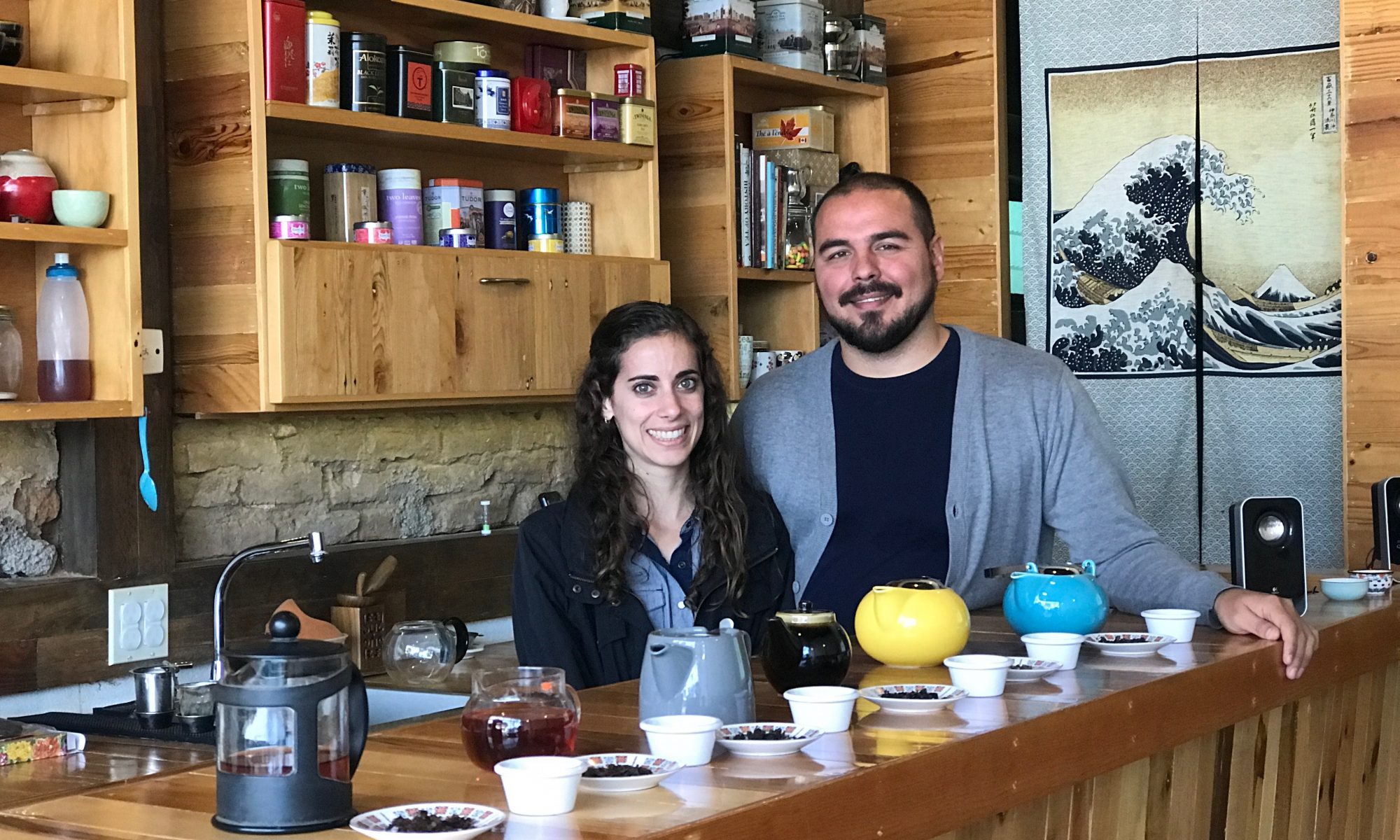

 ecember 26th, 2016. It’s a chilly day in La Paz, BCS, Mexico – chilly for the tropics, anyway – about 65 degrees – and sky is overcast. I follow my mother and her friend Mary into a tiny tea shop in the heart of town, near where my parents, who retired to Baja Sur just after the millennium turned, go every weekend for breakfast and the farmers’ market.
ecember 26th, 2016. It’s a chilly day in La Paz, BCS, Mexico – chilly for the tropics, anyway – about 65 degrees – and sky is overcast. I follow my mother and her friend Mary into a tiny tea shop in the heart of town, near where my parents, who retired to Baja Sur just after the millennium turned, go every weekend for breakfast and the farmers’ market. The presentation takes only ten or fifteen minutes. Hector begins by sharing that tea was originally brewed for medicinal purposes, and gradually became used as the beverage it is today. While he speaks, Inez is busy behind the counter, prepping things for the tasting session to follow. Hector is such a captivating speaker that we barely notice her bustling.
The presentation takes only ten or fifteen minutes. Hector begins by sharing that tea was originally brewed for medicinal purposes, and gradually became used as the beverage it is today. While he speaks, Inez is busy behind the counter, prepping things for the tasting session to follow. Hector is such a captivating speaker that we barely notice her bustling. We are presented with a white tea, first, and it is so pale, it might as well be just hot water, but when we sip from our lovely little cups, we are all awestruck buy the nuanced flavor. Hector tells us it’s appropriate to slurp a little when you taste tea, because that brings in air, and lets the aroma work with the flavor.
We are presented with a white tea, first, and it is so pale, it might as well be just hot water, but when we sip from our lovely little cups, we are all awestruck buy the nuanced flavor. Hector tells us it’s appropriate to slurp a little when you taste tea, because that brings in air, and lets the aroma work with the flavor. As we progress through the spectrum of tea, one of the things that we all comment upon is the incredibly short steeping time on all of these different varieties. Thirty seconds for the white teas, a minute or two for oolong, which is toward the middle in terms of strength.
As we progress through the spectrum of tea, one of the things that we all comment upon is the incredibly short steeping time on all of these different varieties. Thirty seconds for the white teas, a minute or two for oolong, which is toward the middle in terms of strength. lemon biscuits meant to serve as palate cleansers between cups. After the first two cups, Inez also places a large bowl on the table, so that if we don’t wish to finish any given cup of tea, we can dump it, in a slightly more refined version of a wine tasting (no spitting). No one uses it.
lemon biscuits meant to serve as palate cleansers between cups. After the first two cups, Inez also places a large bowl on the table, so that if we don’t wish to finish any given cup of tea, we can dump it, in a slightly more refined version of a wine tasting (no spitting). No one uses it. The last tea we sample is the one we are most familiar with: Earl Grey. Hector explains that English-style black teas often include essential oils (in this case, bergamot) to alter the flavor, or soften the bitterness or astringency.
The last tea we sample is the one we are most familiar with: Earl Grey. Hector explains that English-style black teas often include essential oils (in this case, bergamot) to alter the flavor, or soften the bitterness or astringency. Instead of overwhelming floral scents, there’s just enough of the essential oil to enhance the tea. Again, Hector comments on water temperature and steeping time. He also cautions us that these leaves are not to be re-used. In fact, this is the only tea of all the varietals we’ve been introduced to that Inez has made in a tea infuser – the glass pots made by Bodum that almost all tea-drinkers probably possess.
Instead of overwhelming floral scents, there’s just enough of the essential oil to enhance the tea. Again, Hector comments on water temperature and steeping time. He also cautions us that these leaves are not to be re-used. In fact, this is the only tea of all the varietals we’ve been introduced to that Inez has made in a tea infuser – the glass pots made by Bodum that almost all tea-drinkers probably possess.
 Melissa is a writer, voice actor, podcaster, itinerant musician, voracious reader, and collector of hats and rescue dogs. She is the author of
Melissa is a writer, voice actor, podcaster, itinerant musician, voracious reader, and collector of hats and rescue dogs. She is the author of 
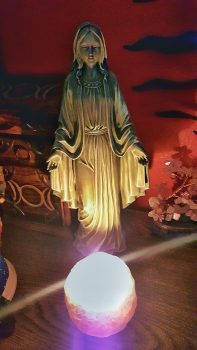 This one meant past, that one was the present, and this one was the future. And then I did the reading and it worked!
This one meant past, that one was the present, and this one was the future. And then I did the reading and it worked!
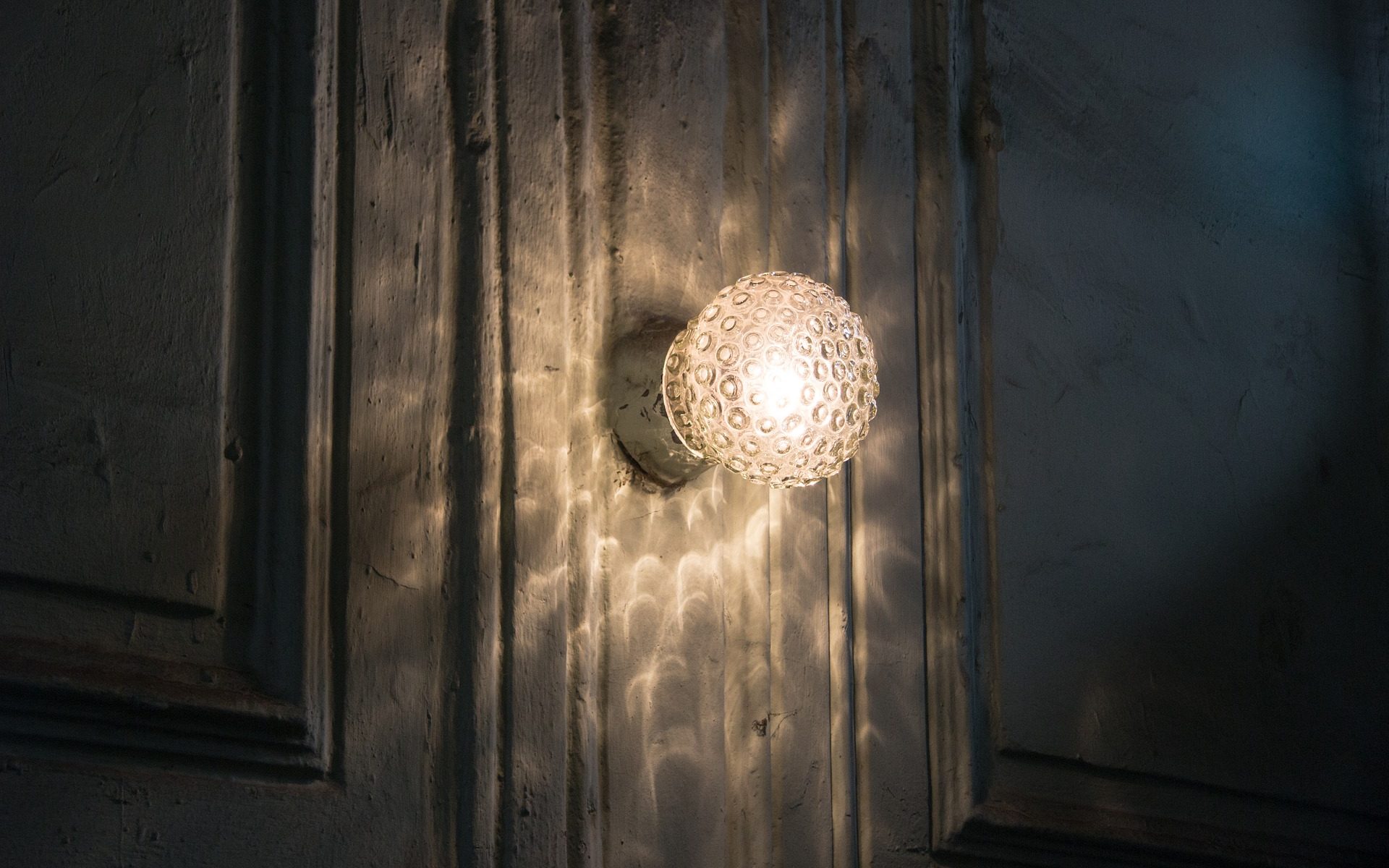
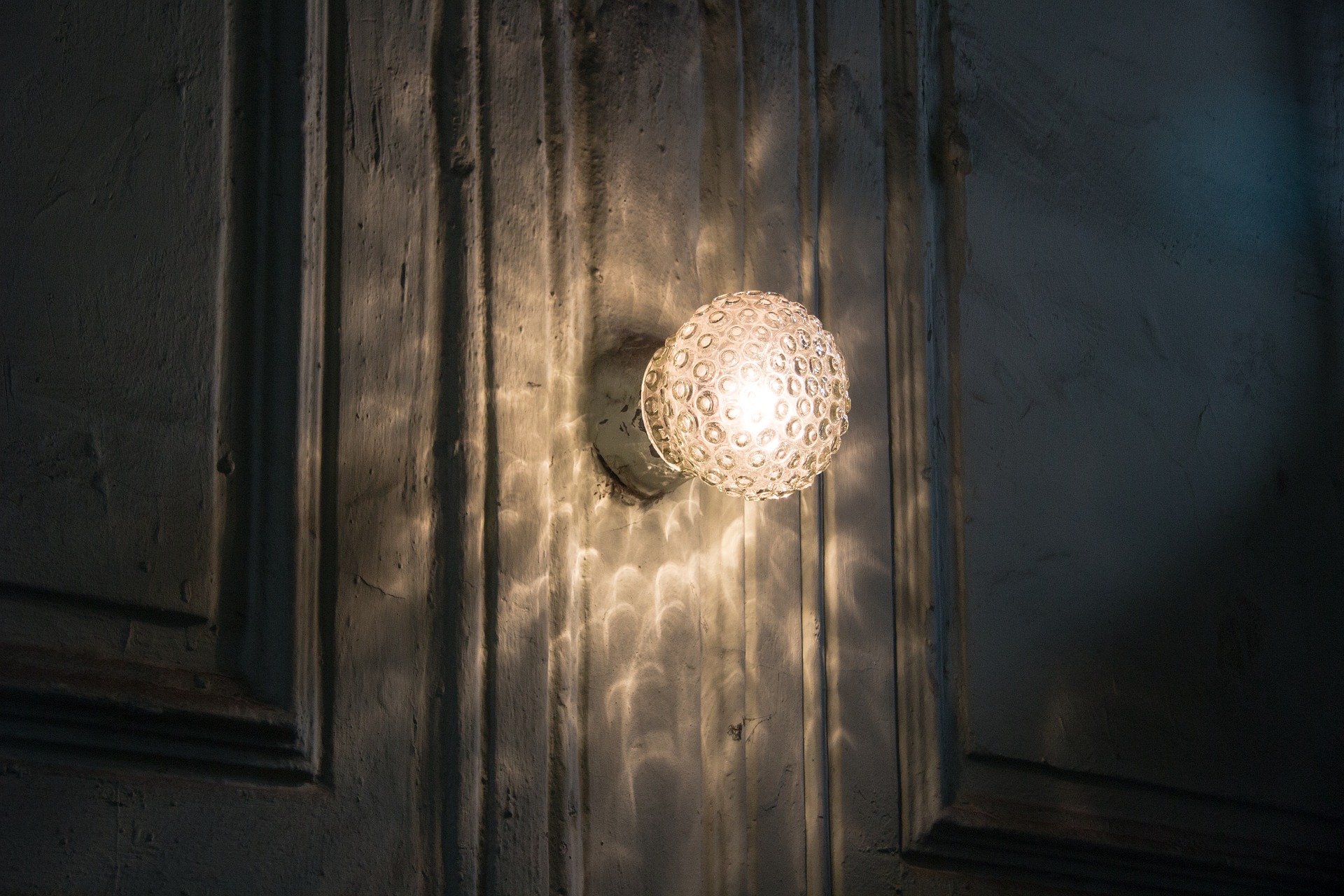
 HILARY PARRY HAGGERTY is a tarot reader, witch, mentor, writer, editor, and teacher. She has been reading tarot for over 18 years (11 years professionally). She was the winner of Theresa Reed’s (The Tarot Lady) Tarot Apprentice contest in 2011, and has taught classes on tarot and spell-work at Readers Studio and Brid’s Closet Beltane Festival. She writes a weekly blog at her website
HILARY PARRY HAGGERTY is a tarot reader, witch, mentor, writer, editor, and teacher. She has been reading tarot for over 18 years (11 years professionally). She was the winner of Theresa Reed’s (The Tarot Lady) Tarot Apprentice contest in 2011, and has taught classes on tarot and spell-work at Readers Studio and Brid’s Closet Beltane Festival. She writes a weekly blog at her website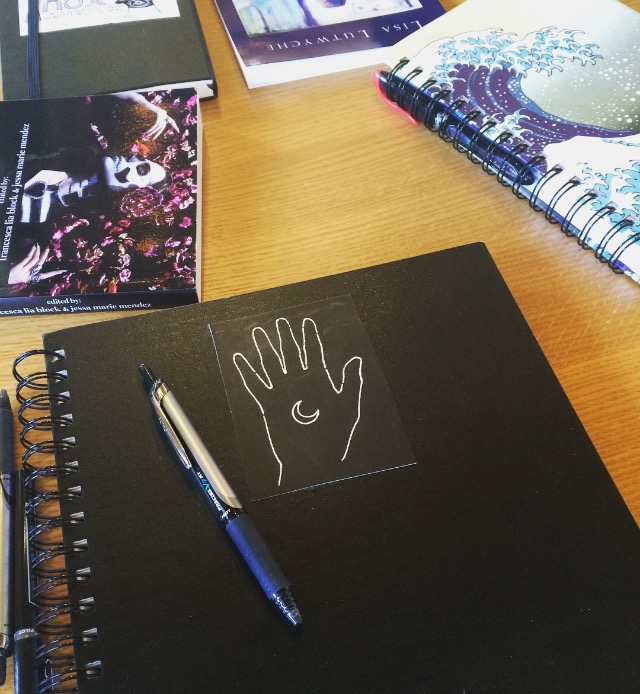
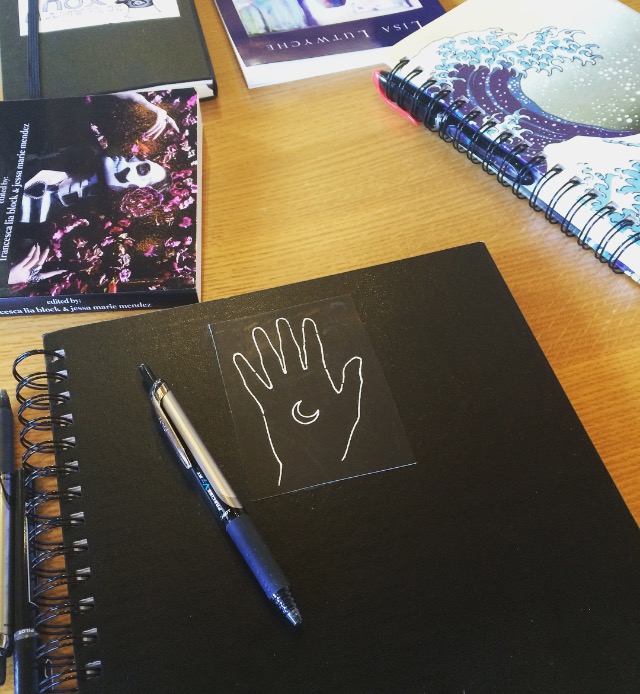
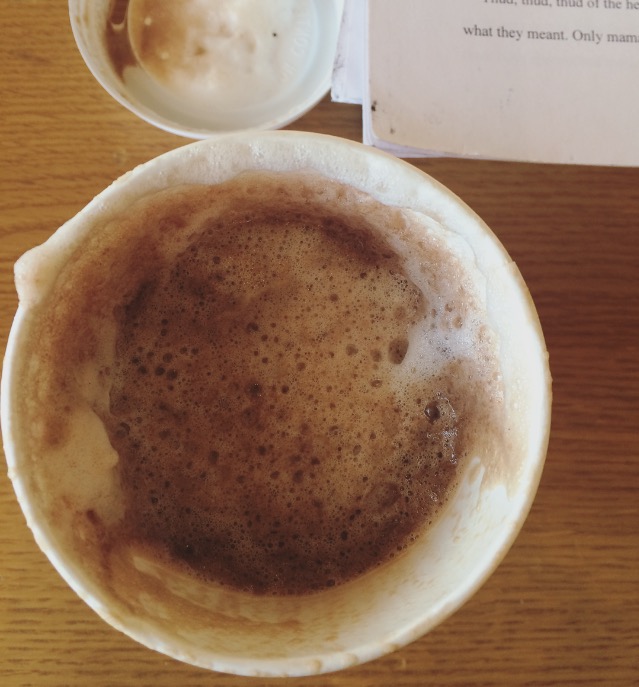
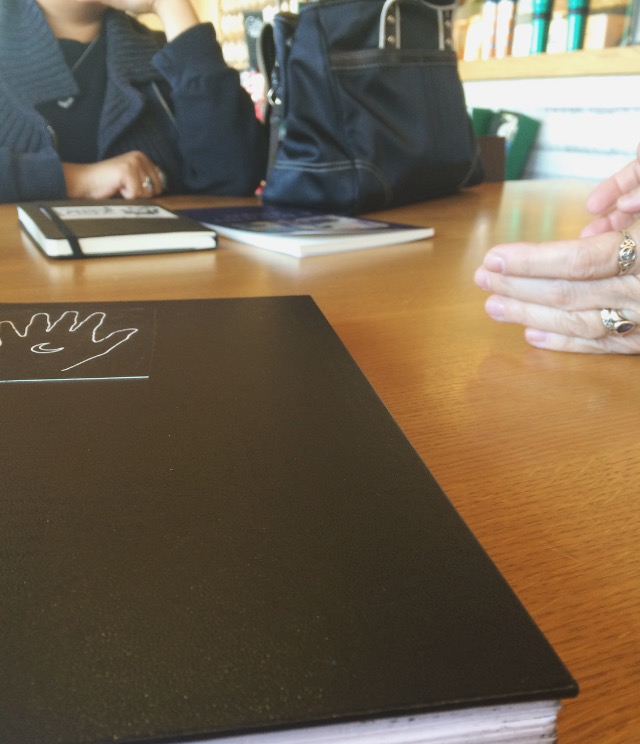
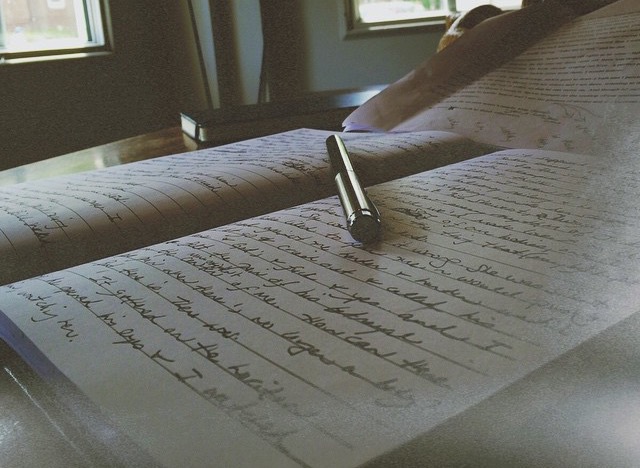
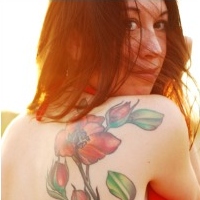 Restless. Sleepless. Book-lover. Wordsmith. Deep roots. Prodigal heart. Teacher. Guide. Wanderer. Witch. Tea, tarot, hot baths, stitchcraft. Curator of narrative relics, remnants, & curiosities.
Restless. Sleepless. Book-lover. Wordsmith. Deep roots. Prodigal heart. Teacher. Guide. Wanderer. Witch. Tea, tarot, hot baths, stitchcraft. Curator of narrative relics, remnants, & curiosities.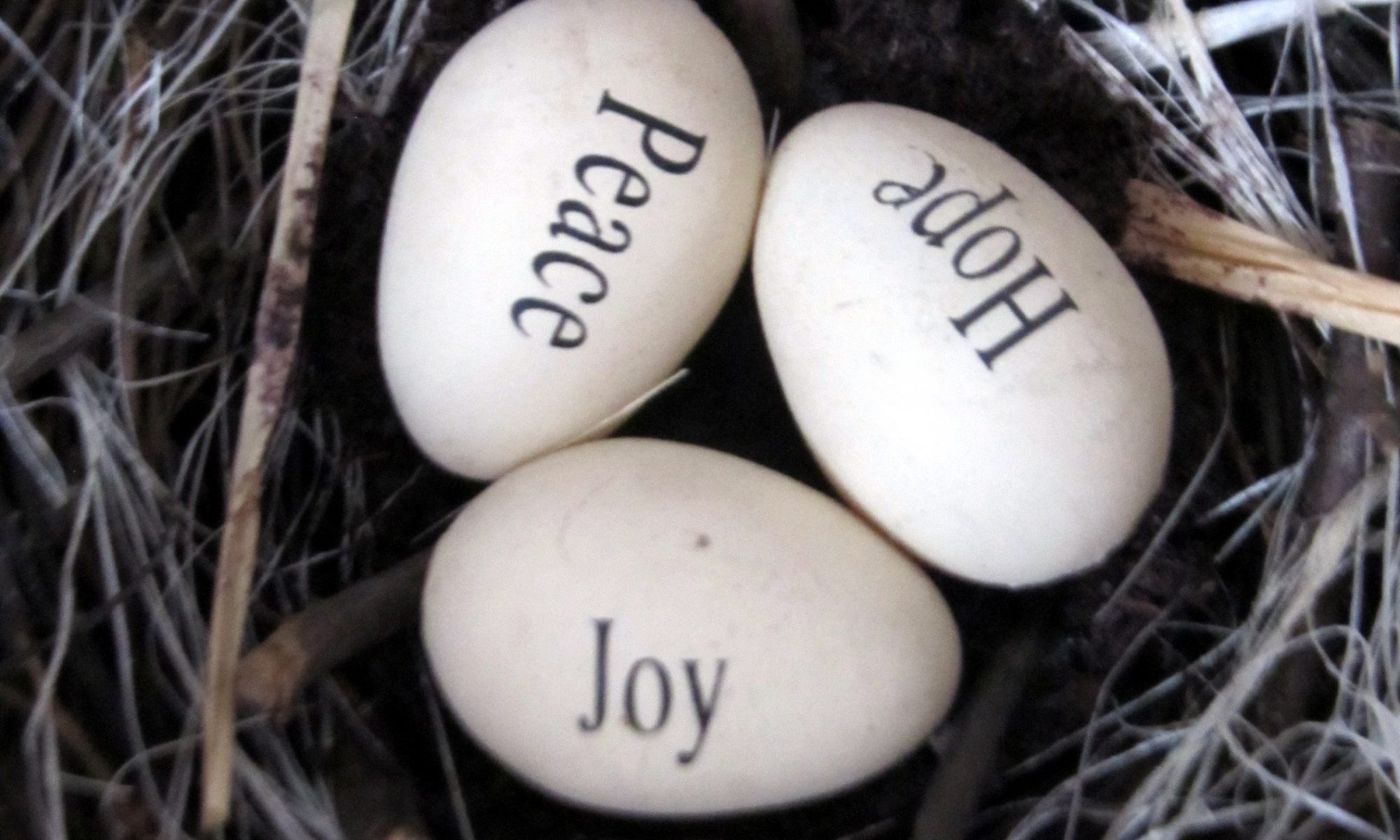
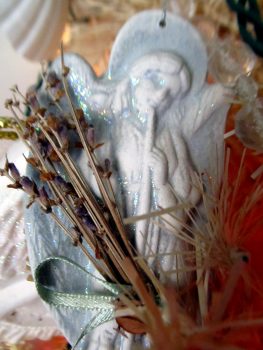 To put this in context, it would be useful to think of me as The Christmas Kid, Mrs. Claus in Training or The One Who Can’t Seem to Quit. I love the holidays and while I refuse to put up one decoration before Thanksgiving, the day after, all bets are off! I have a rather small house and by the time I put Christmas everywhere, I’m often quite sure it is far too over the top and I should have quit long before. And I’m always glad I didn’t!
To put this in context, it would be useful to think of me as The Christmas Kid, Mrs. Claus in Training or The One Who Can’t Seem to Quit. I love the holidays and while I refuse to put up one decoration before Thanksgiving, the day after, all bets are off! I have a rather small house and by the time I put Christmas everywhere, I’m often quite sure it is far too over the top and I should have quit long before. And I’m always glad I didn’t!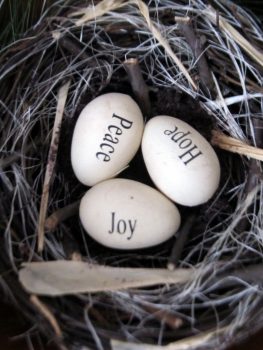 Facing down the holidays during sad times can be a challenge for any of us. That “sadness” may not just be the death of a beloved family member. It can be a divorce or separation that sends a family into divided loyalties and deep grief. It can be the loss of a job or a tragedy, like a house fire. Perhaps a dear family member is in the hospital or has recently faced a catastrophic diagnosis. It may even be despair about the state of the world. We all have our triggers, our life occurrences.
Facing down the holidays during sad times can be a challenge for any of us. That “sadness” may not just be the death of a beloved family member. It can be a divorce or separation that sends a family into divided loyalties and deep grief. It can be the loss of a job or a tragedy, like a house fire. Perhaps a dear family member is in the hospital or has recently faced a catastrophic diagnosis. It may even be despair about the state of the world. We all have our triggers, our life occurrences. After a long career in public broadcasting, Jeanie Croope is now doing all the things she loves — art, photography, writing, cooking, reading wonderful books and discovering a multitude of new creative passions. You can find her blogging about life and all the things she loves at
After a long career in public broadcasting, Jeanie Croope is now doing all the things she loves — art, photography, writing, cooking, reading wonderful books and discovering a multitude of new creative passions. You can find her blogging about life and all the things she loves at 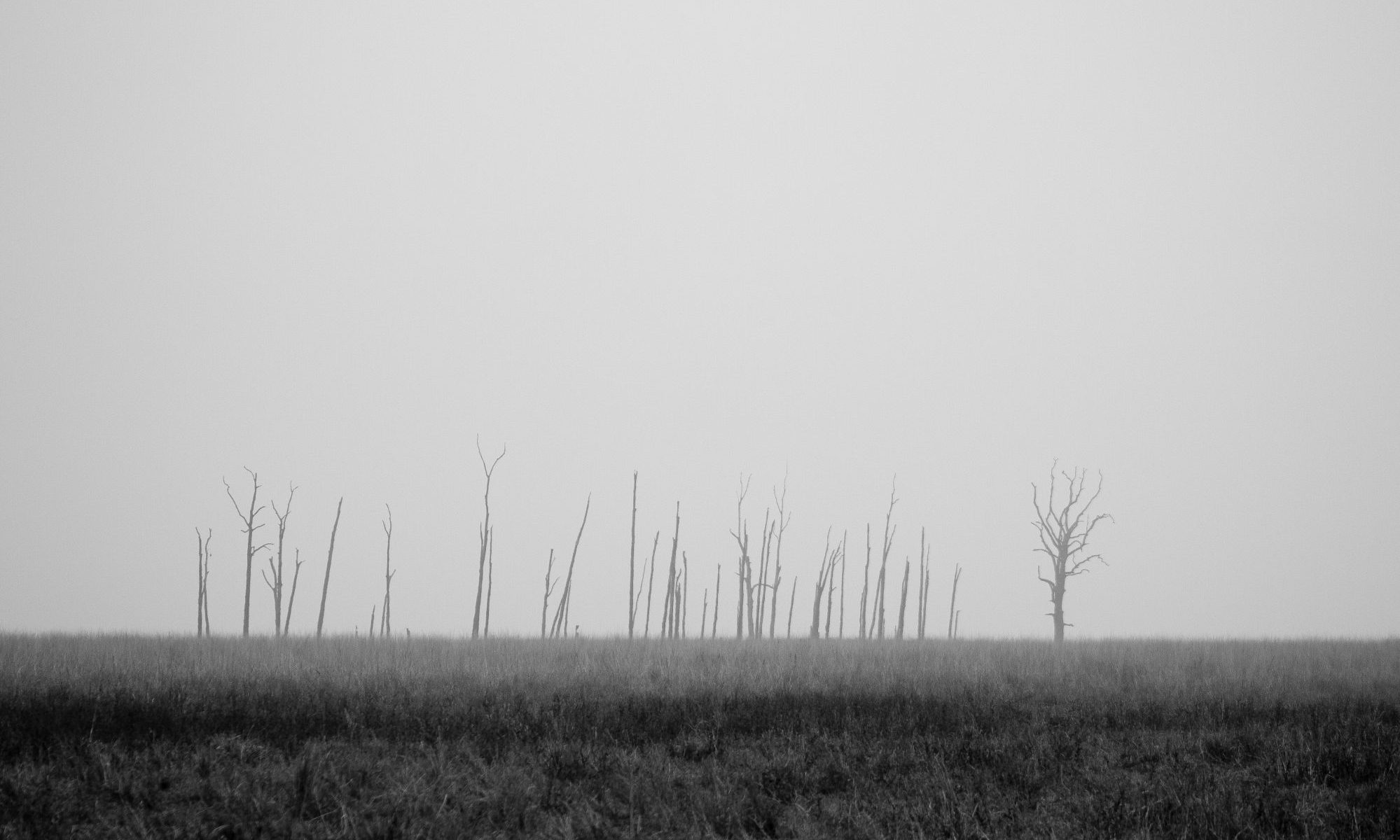
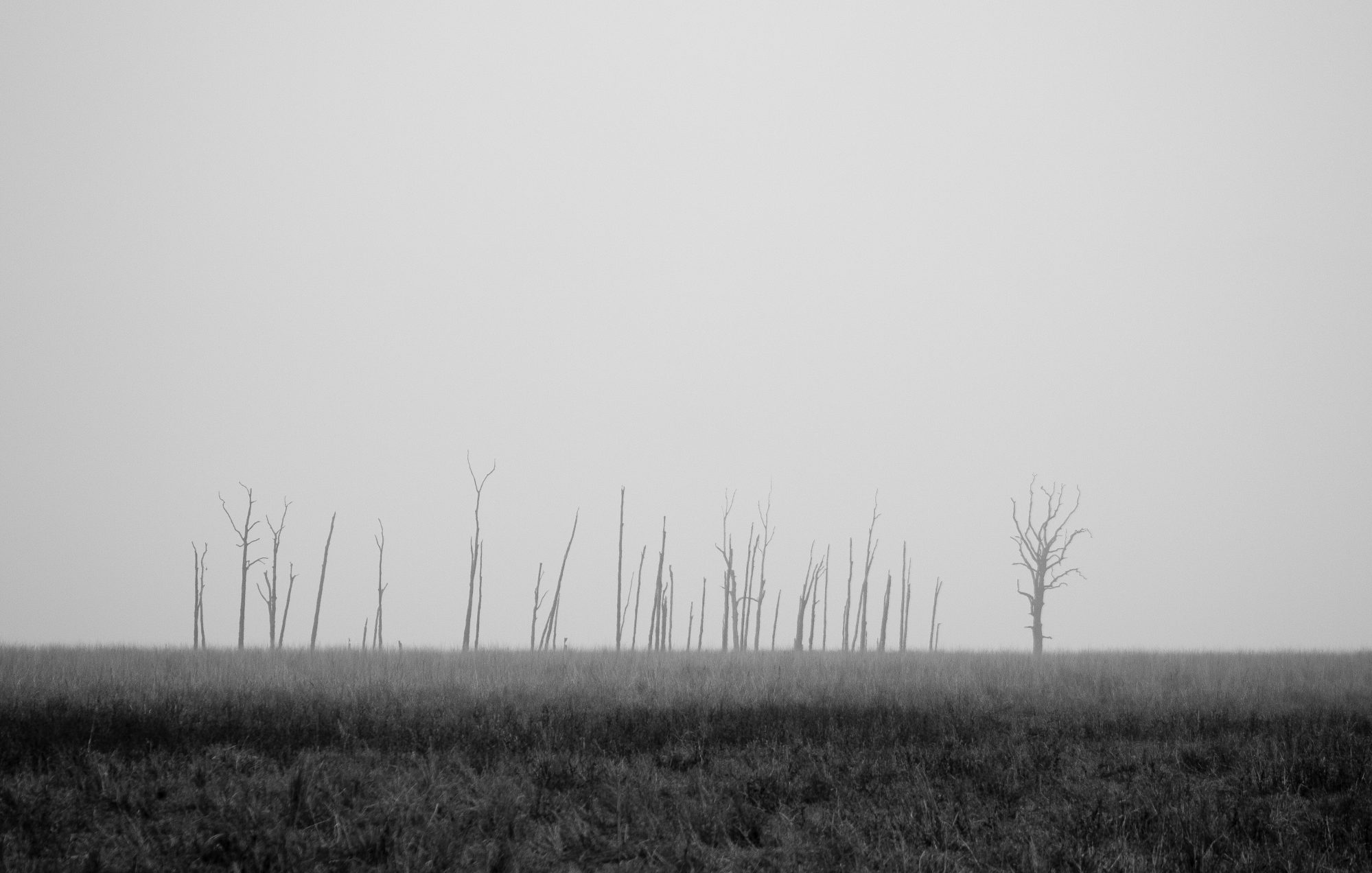
 Andi Cumbo-Floyd is a writer, editor, and farmer, who lives on 15 blissful acres at the edge of the Blue Ridge Mountains with her husband, 6 goats, 4 dogs, 4 cats, and 22 chickens. Her books include Steele Secrets, The Slaves Have Names, and Writing Day In and Day Out. The next book in her Steele Secrets Series,
Andi Cumbo-Floyd is a writer, editor, and farmer, who lives on 15 blissful acres at the edge of the Blue Ridge Mountains with her husband, 6 goats, 4 dogs, 4 cats, and 22 chickens. Her books include Steele Secrets, The Slaves Have Names, and Writing Day In and Day Out. The next book in her Steele Secrets Series,